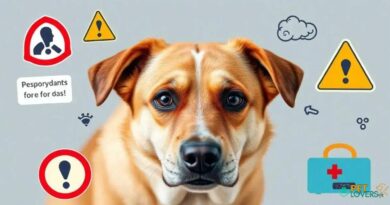What is canine interaction skills
Understanding Canine Interaction Skills
Canine interaction skills refer to the abilities that dogs exhibit when they engage with other dogs, humans, and their environment. These skills encompass a range of behaviors, including communication, socialization, and play. Understanding these skills is crucial for dog owners, trainers, and anyone involved in canine care, as they impact a dog’s overall well-being and behavior.
The Importance of Socialization
Socialization is a fundamental aspect of canine interaction skills. It involves exposing dogs to various environments, people, and other animals during their critical development periods. Proper socialization helps prevent behavioral issues, such as aggression or fearfulness, and promotes a well-adjusted dog that can interact positively with others. Early and ongoing socialization is key to developing a dog’s confidence and adaptability.
Communication Signals in Dogs
Dogs communicate through a variety of signals, including body language, vocalizations, and facial expressions. Understanding these communication cues is essential for interpreting a dog’s feelings and intentions. For instance, a wagging tail may indicate excitement, while a lowered body posture could signify submission or fear. Recognizing these signals allows owners and trainers to respond appropriately, fostering better interactions.
Play Behavior and Its Role
Play is a vital component of canine interaction skills. Through play, dogs learn important social skills, such as bite inhibition, body awareness, and conflict resolution. Engaging in play with other dogs or humans helps them develop healthy relationships and enhances their physical and mental well-being. Observing how dogs play can provide insights into their social dynamics and individual personalities.
Training and Reinforcement Techniques
Training plays a significant role in shaping a dog’s interaction skills. Positive reinforcement techniques, such as treats and praise, encourage desired behaviors and strengthen the bond between the dog and its owner. Consistent training helps dogs learn appropriate ways to interact with others, reducing the likelihood of misunderstandings or conflicts. Incorporating training into daily routines can enhance a dog’s social skills.
Understanding Canine Body Language
Canine body language is a crucial aspect of interaction skills. Dogs use their posture, tail position, ear orientation, and facial expressions to convey their emotions and intentions. For example, a dog that stands tall with ears perked may be feeling confident, while a dog that crouches with its tail tucked may be feeling anxious. Learning to read these signals can improve interactions and prevent potential conflicts.
Managing Aggression and Fear
Some dogs may exhibit aggression or fear during interactions, which can be challenging for owners. Understanding the root causes of these behaviors is essential for effective management. Professional training and behavior modification techniques can help address these issues, allowing dogs to develop healthier interaction skills. Creating a safe and controlled environment for interactions can also reduce stress for both the dog and its owner.
The Role of Environment in Interaction Skills
The environment plays a significant role in shaping a dog’s interaction skills. Factors such as noise levels, the presence of other animals, and the overall setting can influence a dog’s behavior. Providing a positive and enriching environment can enhance a dog’s confidence and willingness to engage with others. Owners should consider their dog’s individual needs when choosing environments for socialization and interaction.
Building a Strong Human-Dog Bond
A strong bond between a dog and its owner is foundational for developing effective interaction skills. Trust and mutual respect foster positive experiences during interactions, making it easier for dogs to learn and adapt. Engaging in activities such as training, play, and exploration together can strengthen this bond, leading to improved communication and understanding between the dog and its owner.




